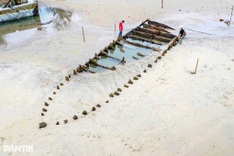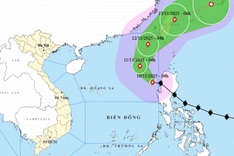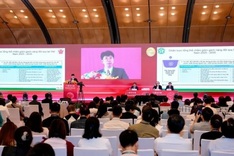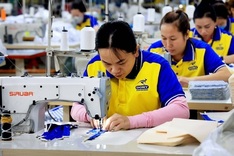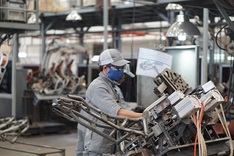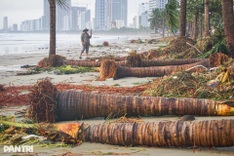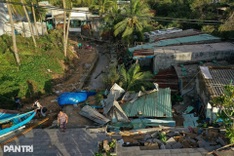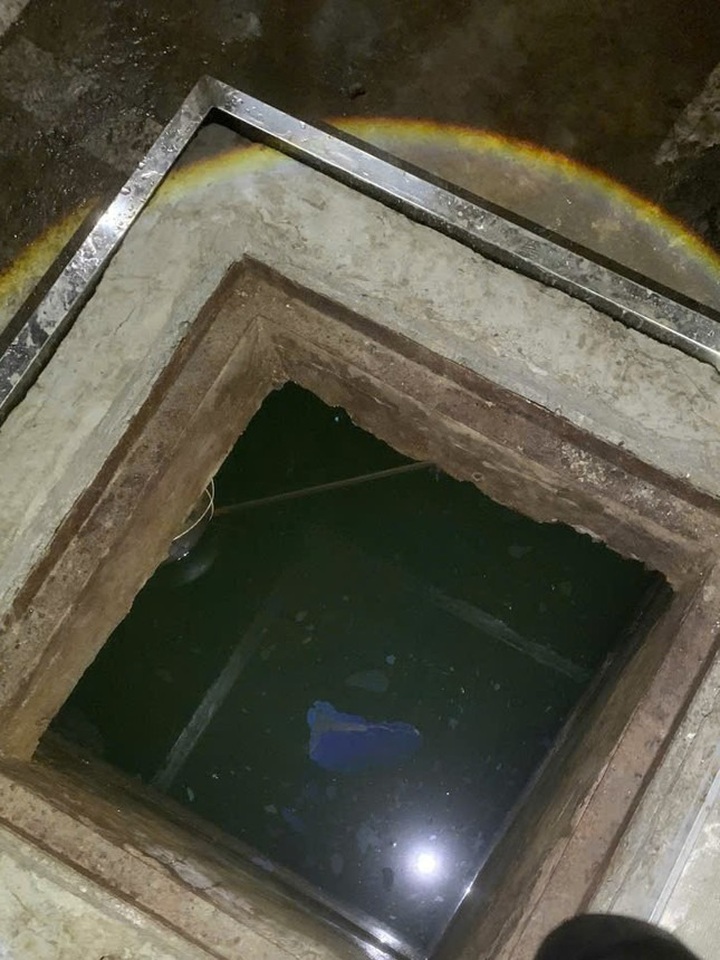
A water storage tank in the apartment building
Over 2,000 residents of the SDU apartment complex in Hanoi's Ha Dong District have resorted to buying bottled water or collecting water from makeshift ground-floor taps after the building's water supply was contaminated.
Tran Van, a resident, said the water's unpleasant smell and metallic, fishy taste was first noticed as early as last November. However, the situation has significantly worsened over the past two months. "My four-year-old son recently developed rashes and skin inflammation and had to undergo treatment. Many others in the building are also experiencing skin issues and digestive problems. We've been forced to rely on bottled water or carry water up from a small public tap at the entrance, which is extremely inconvenient," he shared.
Another resident, Nguyen Thi, said she initially assumed the issue came from her apartment's plumbing system. "Later, I realised many households were reporting the same smell. Our daily lives have been turned upside down. There's only one small tap downstairs for the whole building, so collecting enough water is time-consuming. Some people have to queue for hours just to meet their daily needs," she said.
The SDU apartment complex, home to around 2,000 residents and operational for about a decade sources its water from the Ha Dong Water Supply Company. Water is pumped into three underground storage tanks located at the base of the building.
Nguyen Khac Dien, head of the building's management board, said complaints about the water quality began on February 26. The board contacted the water supplier to collect and test 11 samples from various locations. However, the results reported no traces of ammonium and indicated that the water met safety standards.
Unconvinced, 38 households filed a petition and later worked with the management board to conduct an independent test on five samples. The results revealed that four of the five samples failed to meet national standards. The tests found ammonium levels more than twice the legal limit, E. coli bacteria 500 times higher than permitted, Pseudomonas aeruginosa 50 times the safe limit, and elevated levels of Staphylococcus aureus.
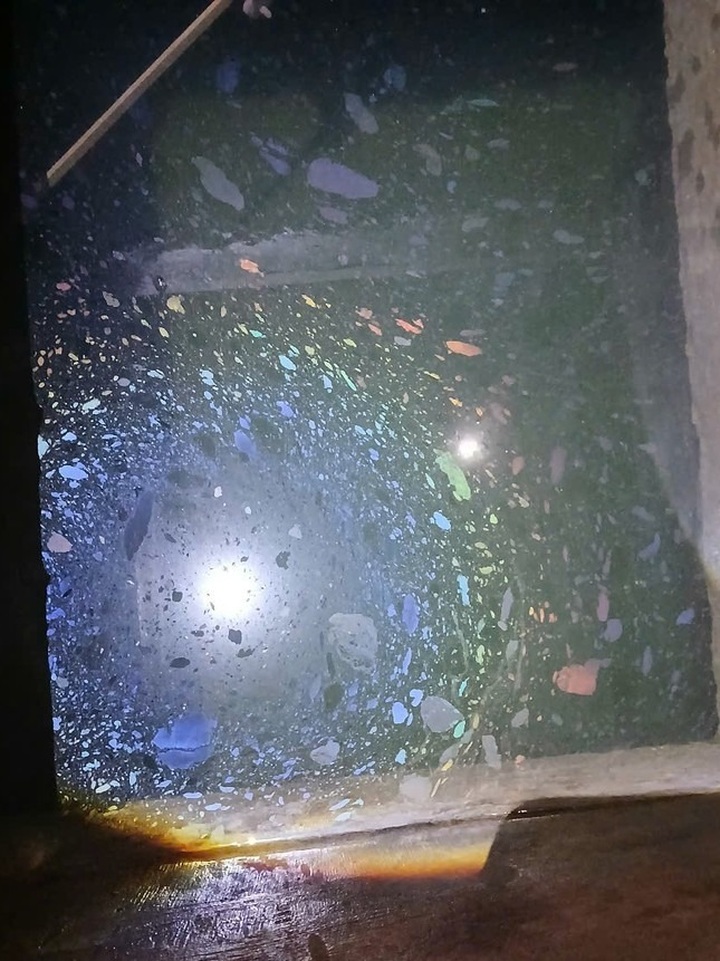
Contaminated water in a storage tank.
Following these findings, the building management cleaned the storage tanks. Yet residents reported that the water still had a foul odour. A group of residents inspected the tanks and discovered an oily film on the water surface despite the cleaning. Parts of the tank walls were crumbling upon touch, with a layer of black, greasy residue and sediment buildup. The water pipes were rusted, and mortar was peeling off the interior surfaces.
At a meeting with residents on March 31, local authorities from Van Quan Ward instructed the building's investor to provide temporary water supplies using three external water tanks at the building's entrance. A full resolution, including tank repairs and odour removal, has been mandated by April 30.


